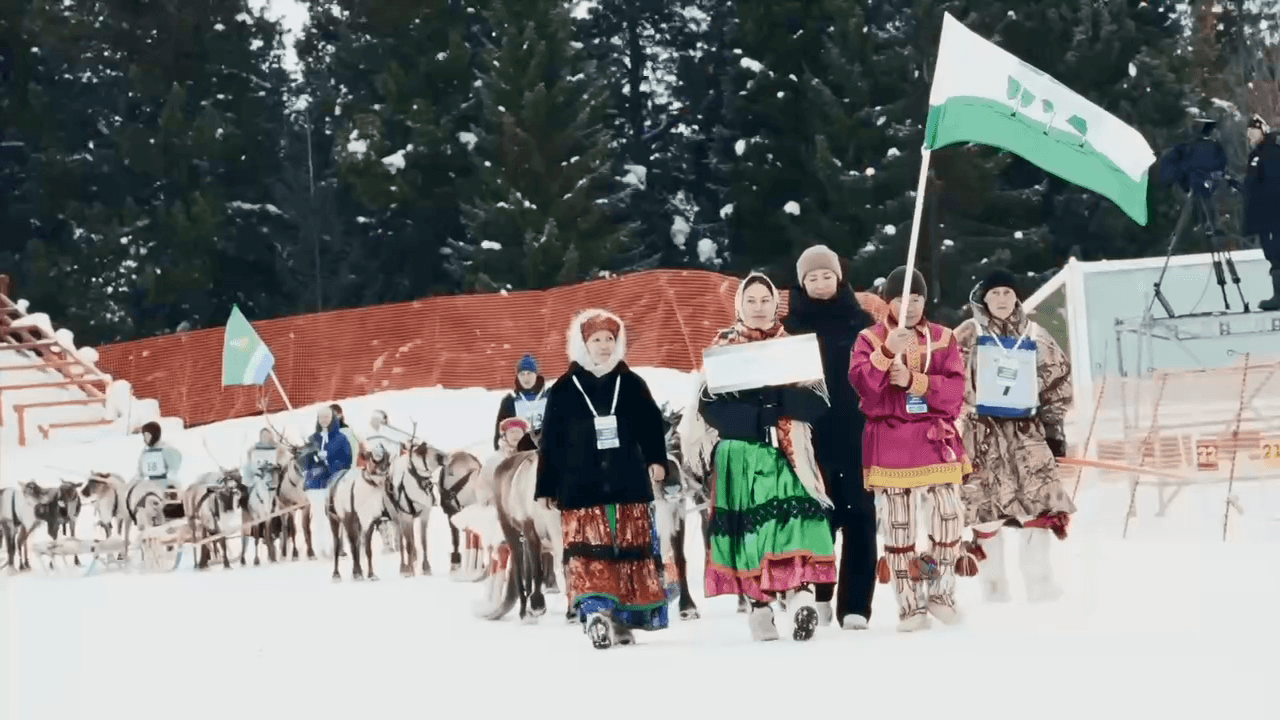
Hunting in Swedish Lapland: A guide to reindeer hunting, covering the best hunting spots, regulations, and tips for a successful and memorable experience in Sweden’s northern wilderness Swedish Lapla
Post: 10 May 20:32

Post: 10 May 20:32

Post: 19 May 15:00

Post: 5 March 20:20

Post: 27 October 16:17

Post: 11 November 09:11

Post: 18 August 13:39

Post: 14 August 11:46

Post: 18 August 10:15

Post: 14 August 16:11

Post: 14 August 14:30

Post: 14 May 11:40

Post: 12 May 12:31

Post: 14 August 11:48

Post: 22 August 09:01

Post: 13 June 14:01

Post: 19 August 14:30

Post: 19 August 15:28

Post: 13 May 11:15

Post: 6 February 11:01

Post: 1 June 11:44

Post: 12 May 08:51

Post: 16 May 12:28

Post: 20 August 14:47

Post: 20 August 14:44

Post: 20 May 14:08

Post: 20 May 13:58

Post: 17 May 19:39

Post: 16 May 12:35

Post: 13 May 12:31

Post: 14 August 13:23

Post: 27 May 12:51

Post: 16 August 07:41

Post: 26 May 19:41

Post: 23 May 11:28

Post: 23 May 11:23

Post: 21 May 12:36

Post: 12 May 21:15

Post: 9 May 17:07

Post: 9 May 16:59

Post: 2 September 14:39

Post: 25 August 07:32

Post: 22 August 08:32

Post: 15 May 20:36

Post: 22 August 08:23

Post: 14 August 12:49

Post: 30 July 09:54

Post: 13 June 10:56

Post: 17 May 13:25

Post: 16 May 11:05

Post: 14 August 14:48